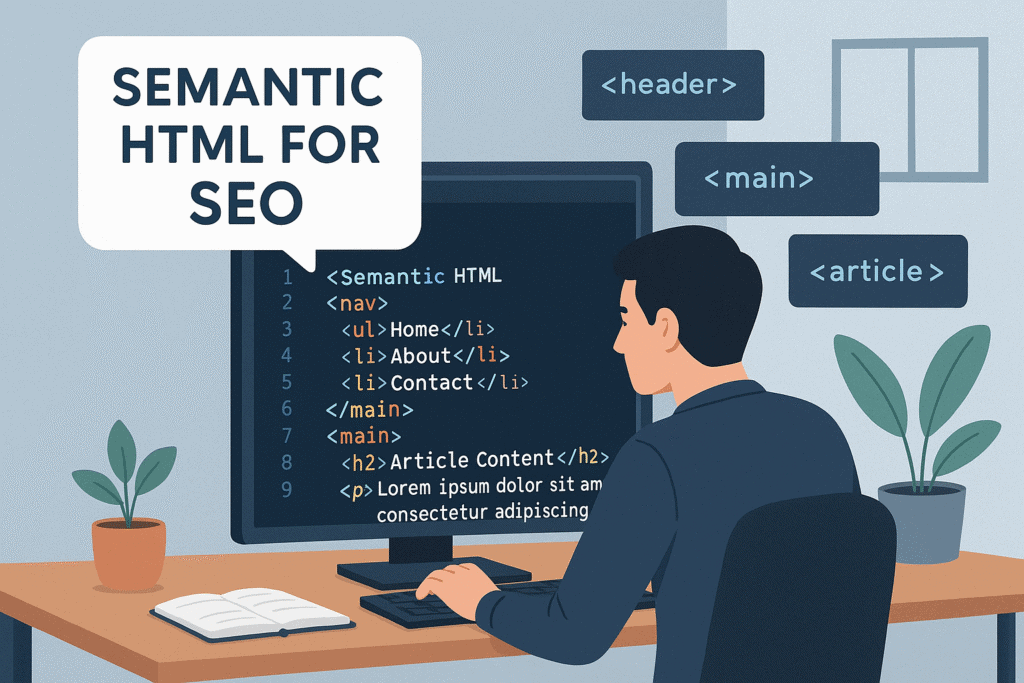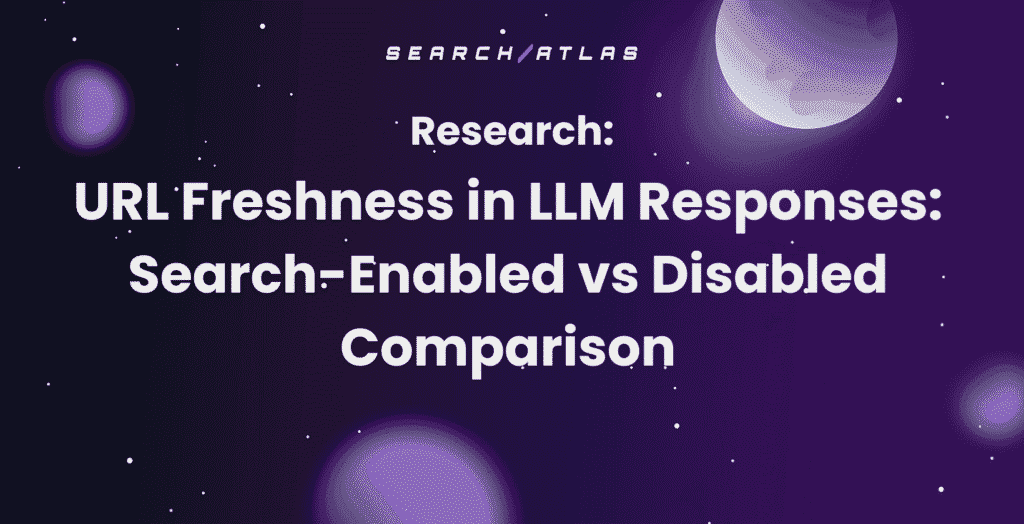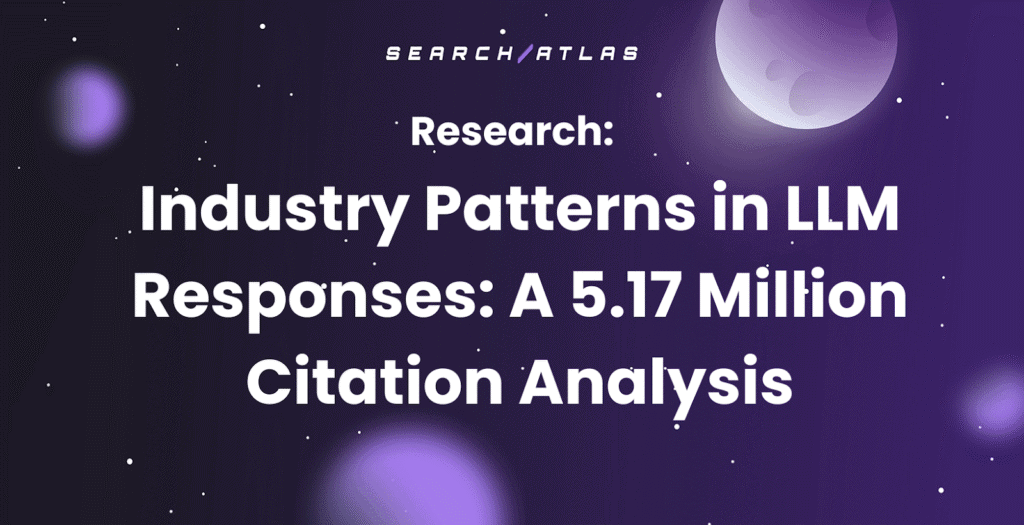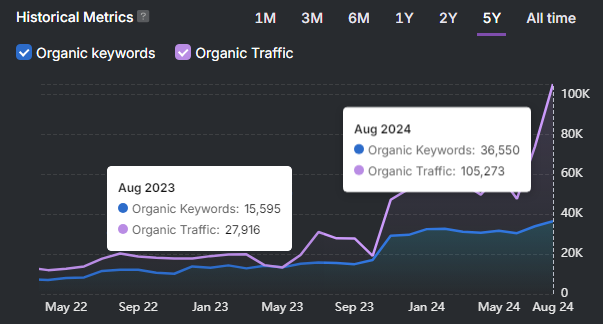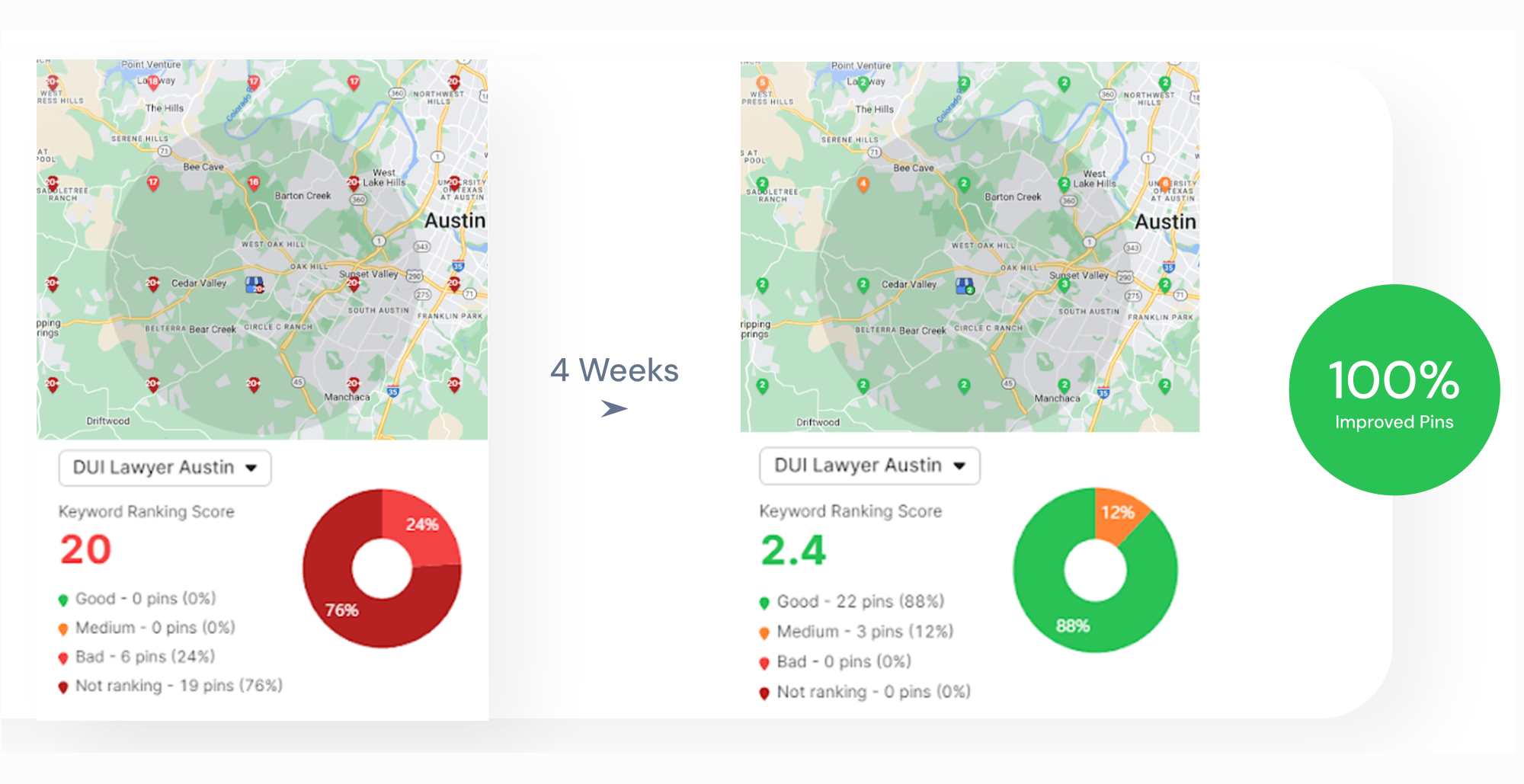Juggling blog posts, design assets, SEO tweaks, and deadlines can feel like managing a circus with no ringmaster.
If content creation feels chaotic and disconnected, you need more content orchestration in your workflow. 🎵
It’s the missing link that helps teams align, tools connect, and ideas flow from planning to publishing without the usual bottlenecks.
We’ll break down exactly how to enable content orchestration in a simple, actionable way. From building a strategy and setting up workflows, to syncing your tools and measuring performance, you’ll learn how to turn scattered efforts into a smooth, scalable process.
What Is Content Orchestration?
Content orchestration is the process of taking control of content chaos and turning it into something streamlined, efficient, and effective.
Instead of letting your team juggle disconnected tools, last-minute edits, and scattered assets, orchestration brings everything together under one clear process.
It basically means harmonizing the full content journey, from brainstorming and creating to publishing and optimizing, without the mess. 🧹
It’s about building a smarter way to plan, produce, and deliver content so your team works faster, stays aligned, and creates better SEO user experiences for your audience. When done right, content orchestration leads to smoother operations and stronger business results.

Content Management vs. Content Orchestration
Content management and content orchestration might sound similar, but they solve very different problems. If content management is about storing and organizing your content, then content orchestration is about moving it forward. Let’s break it down.
Content Management: Organize, Store, Maintain
Content management is all about keeping your content assets in order. This is where your CMS (Content Management System) comes in, tools like WordPress or HubSpot.
Here, you:
- Store and publish content
- Maintain consistency across pages
- Manage metadata, URLs, tags, and permissions
- Make updates without breaking things
It’s the foundation that holds your content, like a library or filing cabinet. But it doesn’t guide how that content gets created or delivered.
Content Orchestration: Coordinate, Automate, Deliver
Content orchestration steps in before and after content hits the CMS. It connects strategy, people, tasks, and tools so content can move through each stage without friction.
With orchestration, you:
- Assign roles and deadlines
- Create repeatable workflows
- Sync efforts across writers, designers, and editors
- Automate reviews and approvals
- Distribute content across channels (social, email, ads)
It’s the system that keeps the entire content process running. It’s not just where content lives, but how it gets built and delivered.
How They Work Together
Content management gives you structure, orchestration brings movement, and you need both.
Without orchestration, even the best CMS becomes a content graveyard. Without content management, orchestration turns into a disorganized mess.
When they’re aligned, content becomes easier to scale, faster to ship, and more effective across the board.
7 Steps to Successful Content Orchestration
The main elements of content orchestration are content creation, content distribution, and content optimization.
1. Define Your Strategy
Every well-run content operation starts with a clear strategy. 🧠
Without it, even the most polished workflows and talented teams can end up producing content that misses the mark.
Start by clarifying your audience. This means going beyond general labels and developing a solid understanding of who you’re speaking to, what they care about, and what kind of information is genuinely useful to them.
From there, shape your content to meet those needs. Whether that means blog articles, video tutorials, case studies, or templates, your formats and topics should match the way your audience consumes information and makes decisions.
Competitor research can serve as an additional guideline. By examining what your competitors are doing, you can spot content gaps and discover ways to offer more value to your audience.
You can also use various research tools to analyze the content your competitors are ranking for, the keywords they focus on, and their content structure.
Finally, define what success looks like. Whether you’re aiming to drive traffic, capture leads, increase engagement, or support conversions, having specific goals helps prioritize your content efforts and measure what’s actually working.
2. Set Up a Content Plan
After defining your strategy, it’s time to turn it into a content plan. If you don’t, you risk falling behind or losing focus.
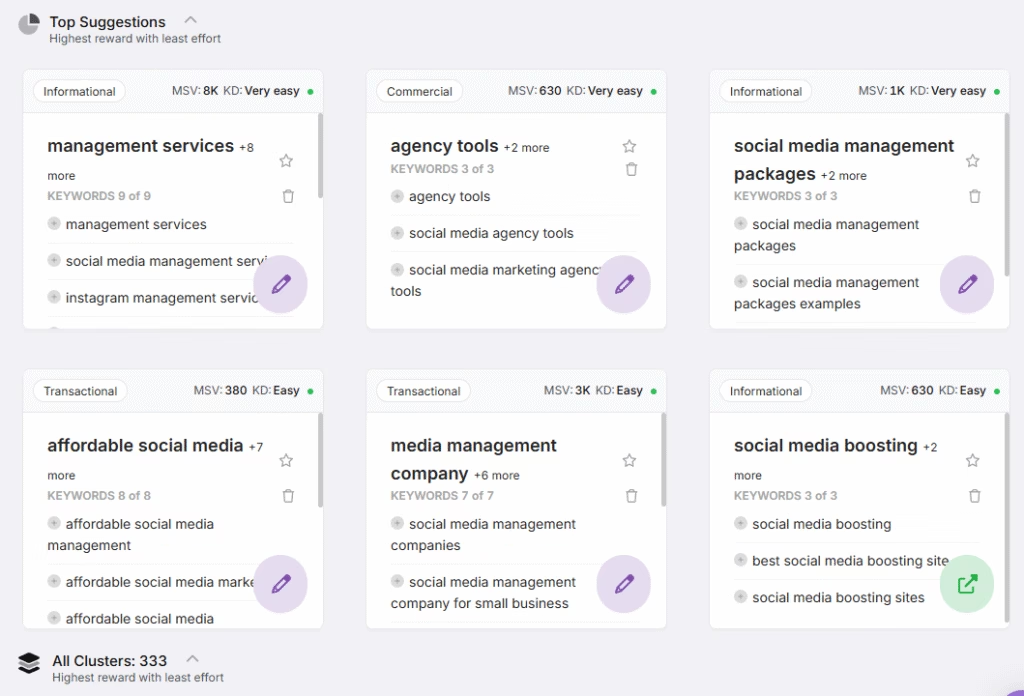
Start by mapping out your topics, ensuring they align with your audience’s needs and keyword intent. Break down larger themes into specific topics, then organize them over a timeline. Building topical maps also helps increase your domain authority.
Decide which content formats are best suited for each topic. Some ideas work better as blog posts, others might be better as videos, social media updates, or infographics. Varying formats helps keep the content engaging and increases the chances of reaching your audience on different platforms.
Next, you’ll have to set deadlines for each piece of content. Consider how long each step will take—research, writing, design, editing, and review. Be realistic with your timelines to avoid delays and ensure you’re producing quality content.
Assign clear roles to your team members. Writers, designers, editors, and SEO specialists should each know their responsibilities and deadlines.
Here, you’ll get plenty of use from project management tools like Trello, Asana, or ClickUp. These platforms help track tasks, monitor deadlines, and make communication easier.
3. Align Your Tools and Platforms
Your tools have to work together seamlessly. The goal is integration: each tool should contribute and communicate with the next without friction. ⚙️
- Content Management System (CMS): This is where your content resides. Your CMS should be flexible, easy to use, and integrate well with other tools to manage and update content quickly without technical issues.
- Collaboration Tools: Tools like Google Docs enable real-time collaboration between your team—writers, designers, and editors. They streamline feedback, eliminate version control problems, and ensure easy access to content for everyone.
- Project Management Tools: Use these tools to track tasks, set deadlines, and monitor progress. Assign roles and break down projects into manageable steps to keep everyone on track and avoid missed deadlines.
- Design Tools: Design platforms allow real-time collaboration between content creators and designers. These tools help create custom graphics and assets, ensuring everyone works on the latest versions without endless back-and-forth.
- Publishing and Promotion Tools: Automate social media posts and email marketing campaigns. These tools help ensure your content reaches the right audience at the right time while providing performance insights for future adjustments.
To automate these connections, consider using an integration platform like Zapier, or tools that are already integrated.
This will help you create workflows that connect your apps, such as automatically pushing content from your CMS to social media or creating tasks in project management tools when a new content draft is ready.
4. Create Content (Collaboratively)
Creating content isn’t a solo effort—it’s a team game. Writers write, designers design, and editors edit. But instead of working in isolation, collaboration is key. When everyone works together, things move faster, and the final result is much stronger.
First, everyone should follow shared guidelines. These are the rules that ensure content stays consistent, whether it’s tone, style, or design elements. With clear guidelines, no one is guessing what needs to be done.
Next, use the same folders and storage platforms. This keeps all your content in one place, so no one is wasting time searching for files. Everything is easy to access, and everyone knows where to find what they need. 📁
Feedback is another big piece. Don’t wait until the end of the process to review content—leave feedback early and often. This helps catch any issues before they become bigger problems and ensures everyone is on the same page.
Staying on the same timeline is crucial, too. With a shared content calendar, everyone knows when deadlines are, which helps keep the process moving smoothly. No one’s left behind, and no one’s rushing at the last minute.
5. Build a Repeatable Workflow
When you have a clear, repeatable process, your team can work faster, more effectively, and with fewer mistakes. You can perfect this in different ways, depending on whether you use Google Sheets or a dedicated project management platform.
Here’s a basic workflow to get you started:
- Brief Creation: The process begins with a clear brief. This is where you define the topic, the target audience, the goals, and any necessary guidelines for the content. You can also use brief creation software to do this.
- Writer Drafts: The writer takes the brief and begins creating the first draft. This stage is about getting ideas on paper, even if they’re not perfect. The draft is the foundation for all other steps.
- SEO + Edits: Once the draft is ready, it goes through SEO checks. This is where keyword optimization, meta descriptions, and other SEO elements are added. Editors review the content for clarity, tone, grammar, and structure.
- Design Added: After the content is solid, the design team steps in. They create graphics, images, and any other visual elements that will enhance the content. This is where things like infographics, charts, or social media posts are added to support the message.
- Final Approval: With content and design ready, it goes through final approval. This is the last chance for stakeholders to review and approve before it’s published. Make sure all the necessary people are involved in this step to avoid last-minute changes.
- Publish: Once approved, the content is published on your CMS, website, or any other platform you’re using. This is where your content officially goes live and is shared with the world.
- Promote: After publishing, it’s time to promote. This involves sharing the content across social media, sending email newsletters, or running paid ads to make sure your audience sees it.
- Track Performance: The final step is tracking how the content performs. Use analytics to measure engagement, traffic, conversion rates, and other key metrics. This helps you understand what’s working and what needs improvement.
To make this process work smoothly, put your workflow into a project management tool. By creating tasks and setting deadlines for each step, you ensure the process moves forward without delays.
6. Distribute Like a Pro
Once your content is polished and ready to go, the real work begins—getting it in front of your audience. Smart distribution ensures your content doesn’t just get published once and forgotten. Instead, it reaches multiple touchpoints and continues to engage your audience long after it’s first live.
Here are some distribution best practices.
Schedule Social Posts
Social media is one of the fastest ways to get your content noticed. Plan your social media posts in advance to ensure consistent visibility across platforms. Use scheduling tools to space out your posts, maximize engagement, and ensure you’re posting at the best times.
Share the content across multiple channels, but tailor the message for each one to fit the platform’s style, whether that’s Twitter, Instagram, LinkedIn, or Facebook.
Send Email Newsletters
Email remains a powerful way to connect directly with your audience. Craft compelling subject lines and email copy that highlight the value of your content.
Segment your email list to target the right people with relevant content, ensuring higher open rates and engagement. Don’t forget to include a call-to-action (CTA) that leads recipients to your website or landing page to boost conversions.
Repurpose Into Short-Form Content
The beauty of content orchestration is that you don’t have to start from scratch every time. Repurpose your long-form content into bite-sized pieces like short-form videos, reels, infographics, carousels, or even quotes for social media.
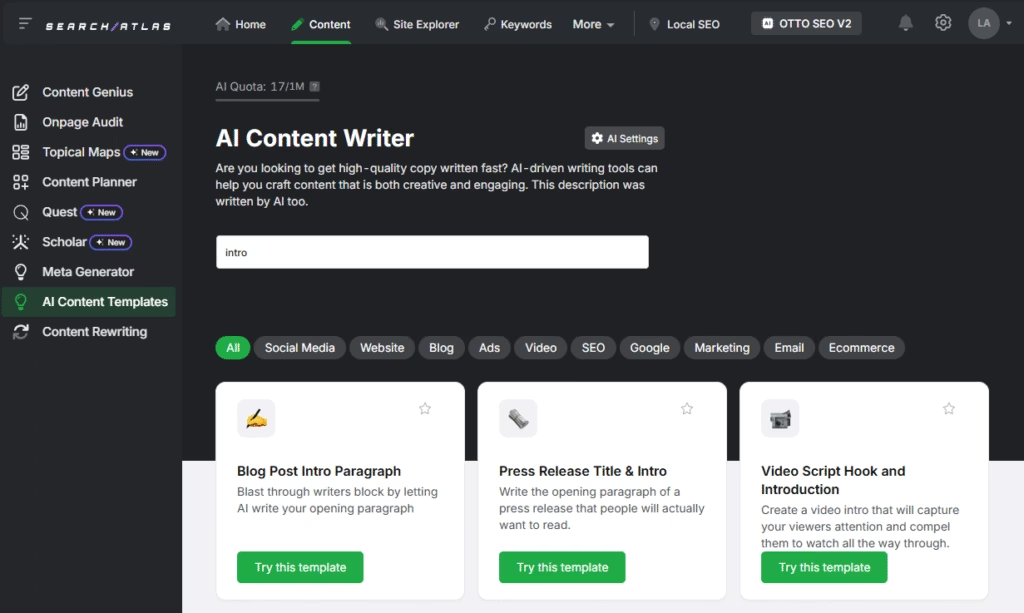
This helps keep your content fresh and increases its reach. Short-form content is perfect for sharing on platforms like TikTok, Instagram, and Twitter, where users typically consume quick, digestible content.
Leverage Cross-Promotion
Don’t just stick to your own channels. Look for opportunities to guest post on other blogs or collaborate with influencers and partners who can help share your content with new audiences. This boosts credibility and gives your content a wider reach.
Optimize for SEO
As your content goes live, don’t forget to ensure it’s discoverable by search engines. Update your content with relevant keywords, internal links, and optimized meta descriptions to improve organic traffic over time. SEO is not a one-time task but an ongoing part of your content distribution strategy.
7. Measure & Adjust
To ensure your content strategy is working, you need to continuously track performance. Here are the three main questions to ask.
What’s Ranking?
Start by analyzing which pieces of content are ranking well in search results. Check their position for targeted keywords, and compare their performance over time.
This helps you identify the content that resonates most with your audience and the keywords driving traffic. If a piece of content is ranking high, understand why, and try to replicate its success.
What’s Converting?
Next, focus on conversion metrics. Which pieces of content are turning visitors into leads or customers? Track actions like sign-ups, downloads, purchases, or other goals you’ve set.
High conversion rates indicate that your content is effectively guiding your audience toward the desired action. If certain content is underperforming, consider revisiting its messaging, CTAs, or target audience.
What’s Getting Ignored?
Not all content will perform as expected. Identify the pieces that aren’t gaining traction or are being ignored altogether.
Look at UX metrics such as page views, bounce rate, or time on page to see where content is falling short. Low engagement can signal a need for improvement in areas like relevance, promotion, or timing.
Improve Content Orchestration With Search Atlas
Orchestrating tools, workflows, and tasks is easier when you don’t have to use a bunch of different tools.
This is where all-in-one marketing platforms like Search Atlas can help, as they integrate several tools into one functional, automated system. 🤖
So here’s how you can orchestrate your content with Search Atlas.
Research and Strategy
You can build your topical authority by discovering and writing about topics your competitors haven’t fully covered, along with keywords they are using. The Topical Dominance Tool is a unique feature of Search Atlas, a part of Domain Power, and an important ranking factor.
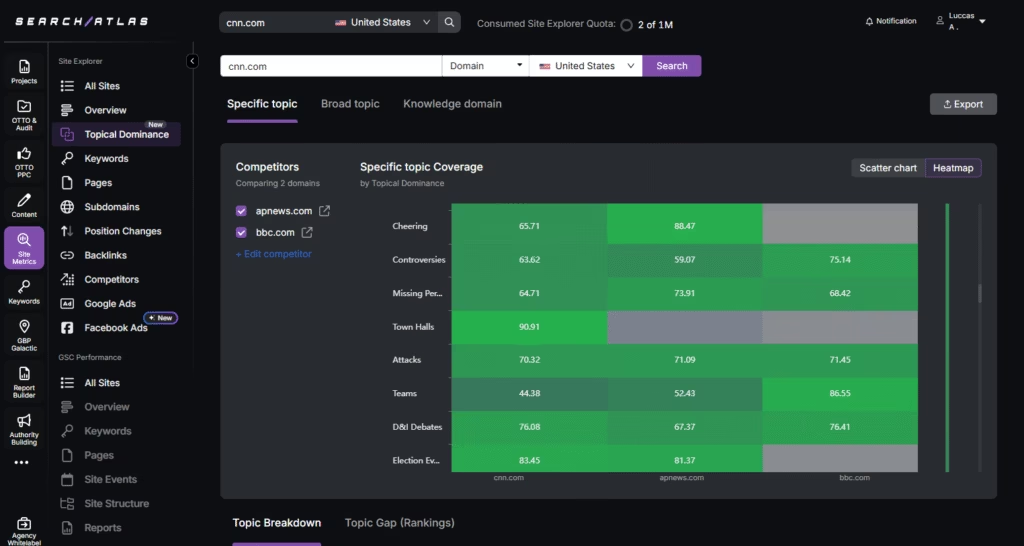
Then, you can use Topical Maps to ensure you’re covering your subjects fully, and you’re establishing yourself as an authority in your industry. The tool doesn’t organize your articles by title, but rather focuses on your content by topic and subtopic.
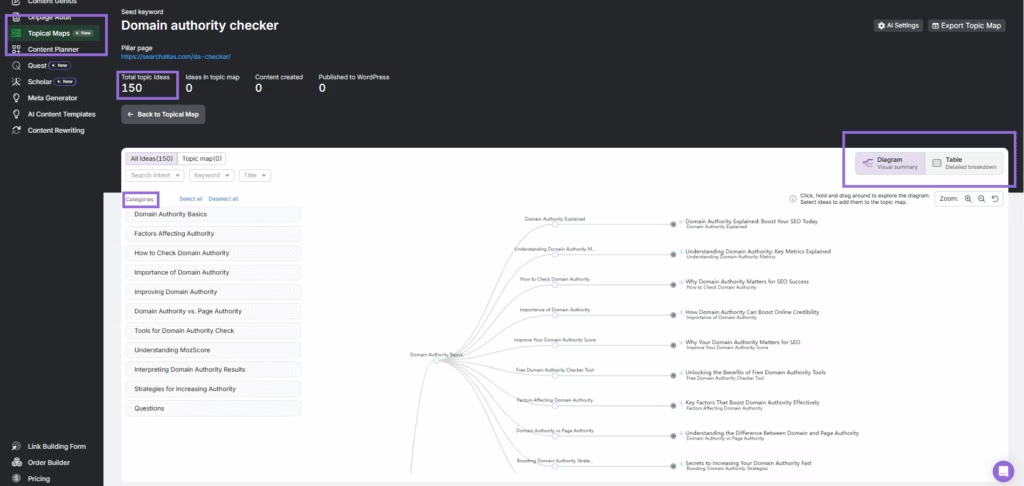
It’s an excellent way to improve your semantic SEO.
Content Planning
You can get a full content plan from a seed keyword in minutes, which you can then export easily into a doc for your writers.
AI Writing
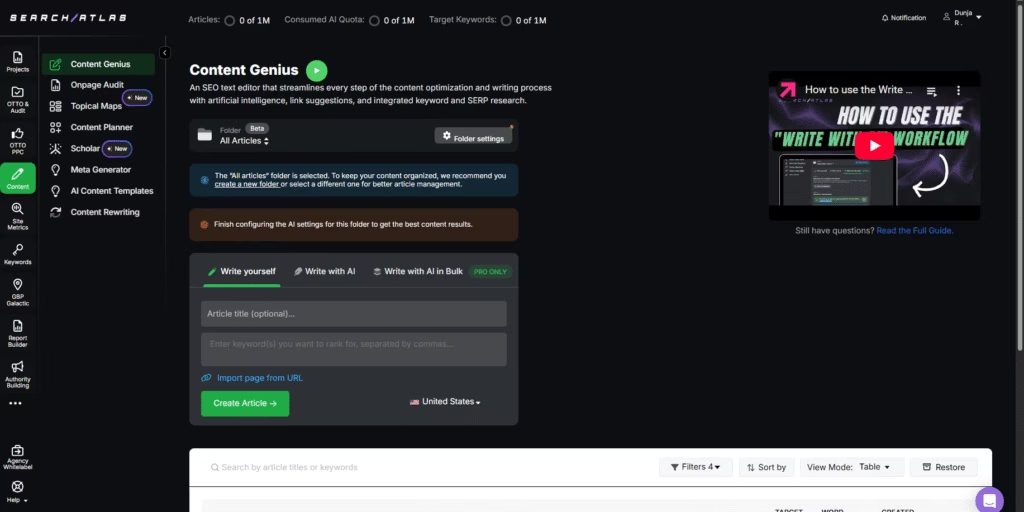
You can also create content briefs automatically, as well as generate optimized content with AI in the same platform, with various templates for ads, blog posts, social media posts, and more.
Publishing and Digital PR
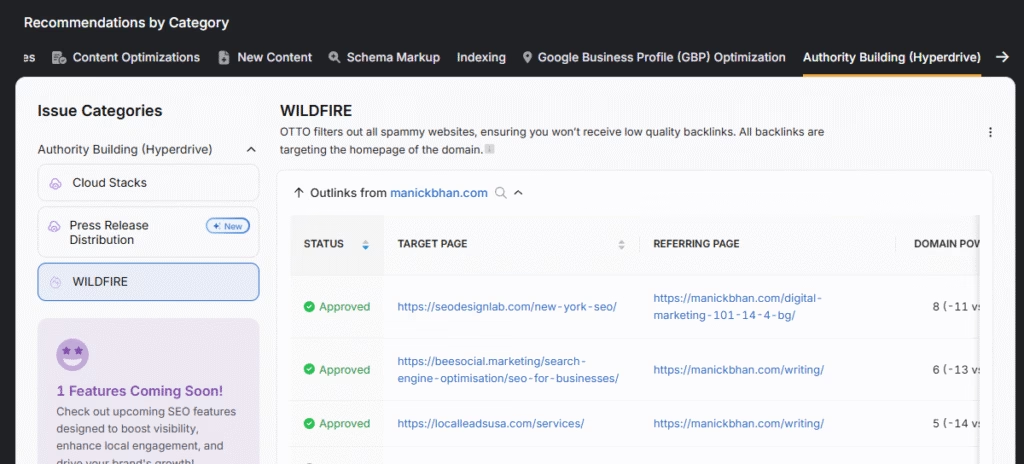
Search Atlas owns the world’s largest publisher exchange, Link Laboratory. With AI digital PR tools and the publisher exchange, it helps you streamline and automate your campaign creation and publishing efforts, with a focus on topicality and quality.
SEO Task Automation
This part is most likely to save you a ton of time. Our AI agents can completely automate your tasks with one click.
OTTO SEO automates technical, local, content, and almost any other SEO task. It does it directly on your website (you keep the changes even if you end your subscription)
PPC Task Automation
You can also save time with OTTO Google Ads, an AI tool that creates fully optimized ad campaigns in minutes, from research to writing ad copy and managing ad groups.
Page Pruning
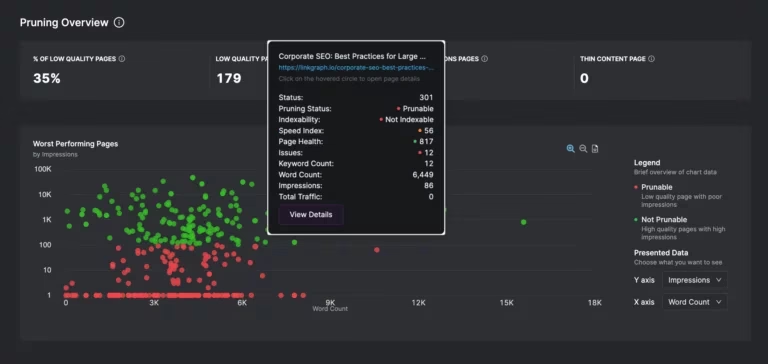
The Page Pruning Tool lets you identify low-performing content and see which pages may need to be merged, updated, or deleted.
Reporting and Analytics
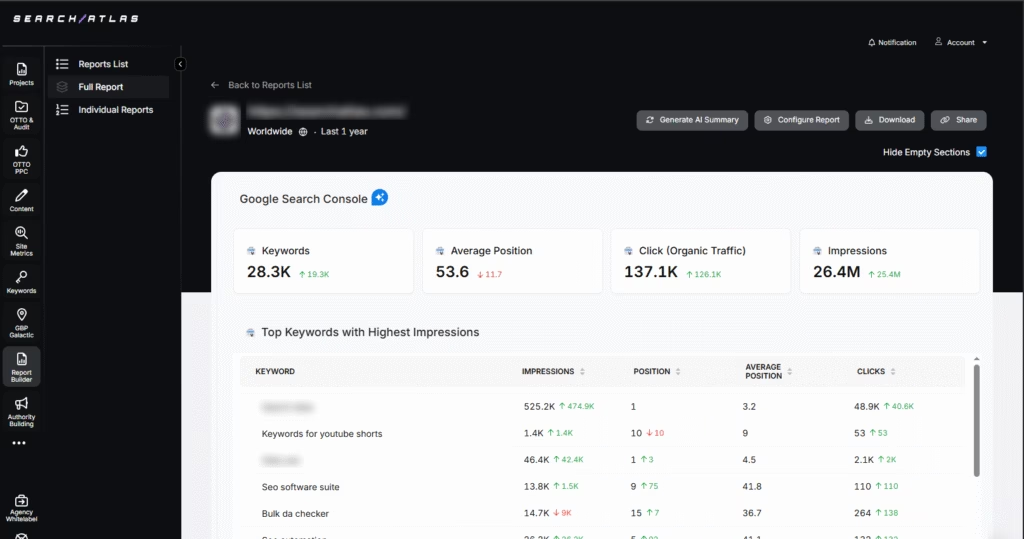
Automate your agency’s reporting with white-label, customizable reports. Send them automatically on a schedule you set, with AI overviews created to explain your progress briefly and clearly.
Integrations
Integrations are essential to content orchestration, which is why Search Atlas syncs with the top tools, including:
- Shopify
- WordPress
- Google Search Console
- Google Analytics
- Google Ads
- Meta Ads
- And the most recent one, HighLevel
Orchestrate and Organize Your Workflow With AI Tools
Making your workflow harmonious and seamless can be a tough job, especially when you have multiple clients, tools, and teams, and you have to make everything work together.
Search Atlas is created for agencies that want to save time and grow while leaving most of the heavy lifting to AI. And the more websites you need to automate, the more value you get out of our platform.
You can test it for yourself with a 7-day free trial. No commitment, cancel anytime.



